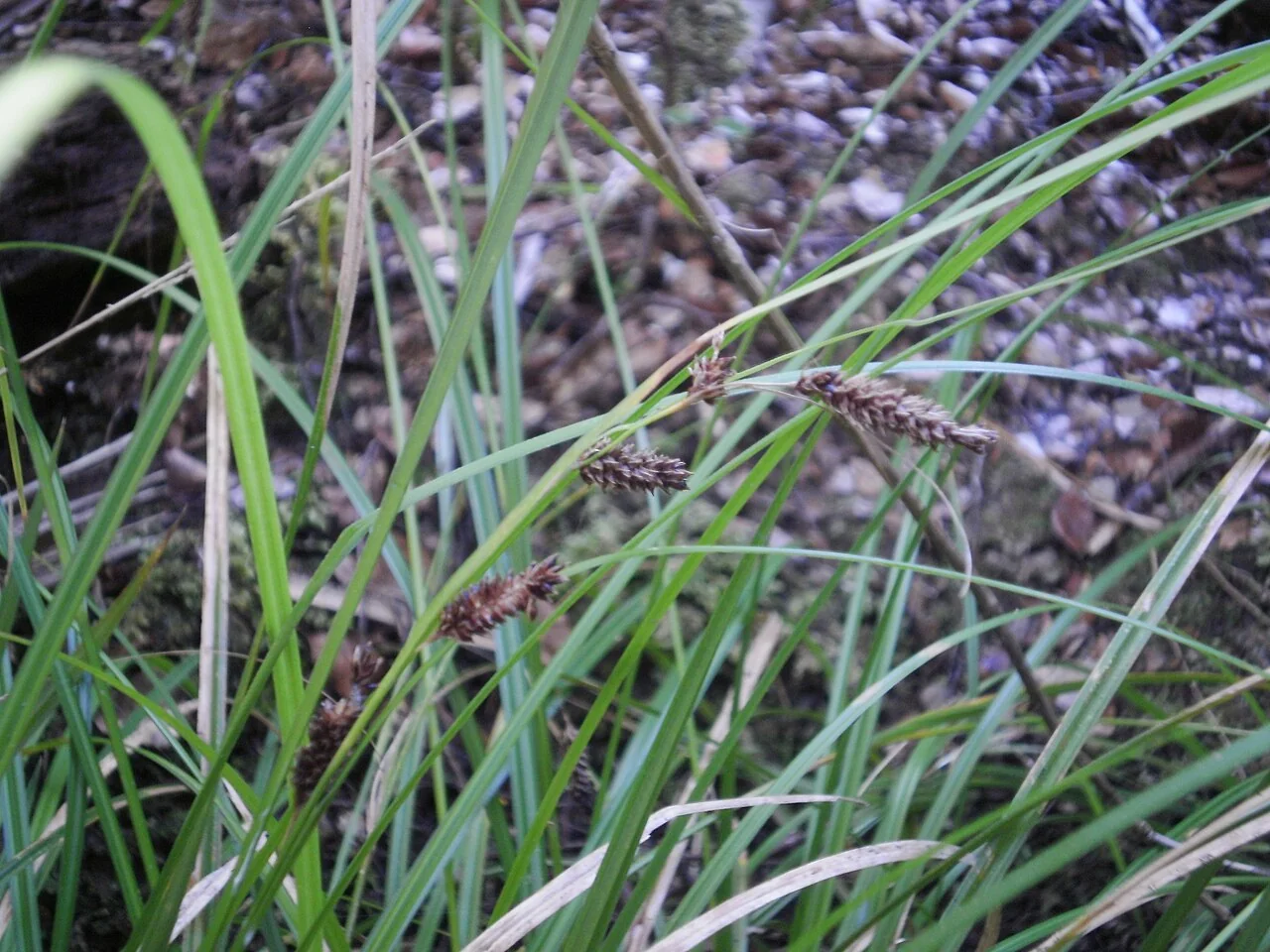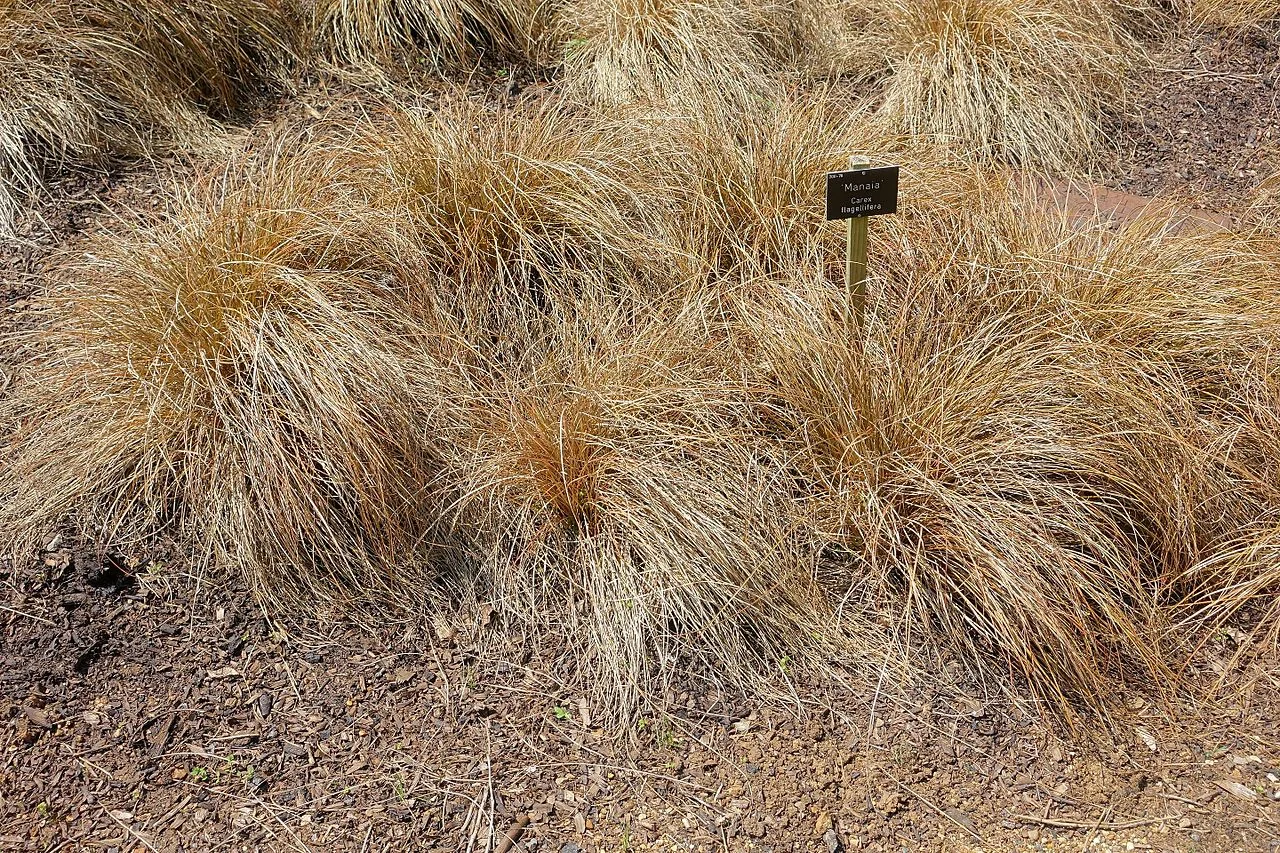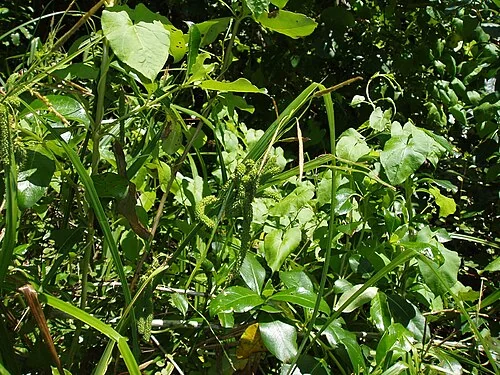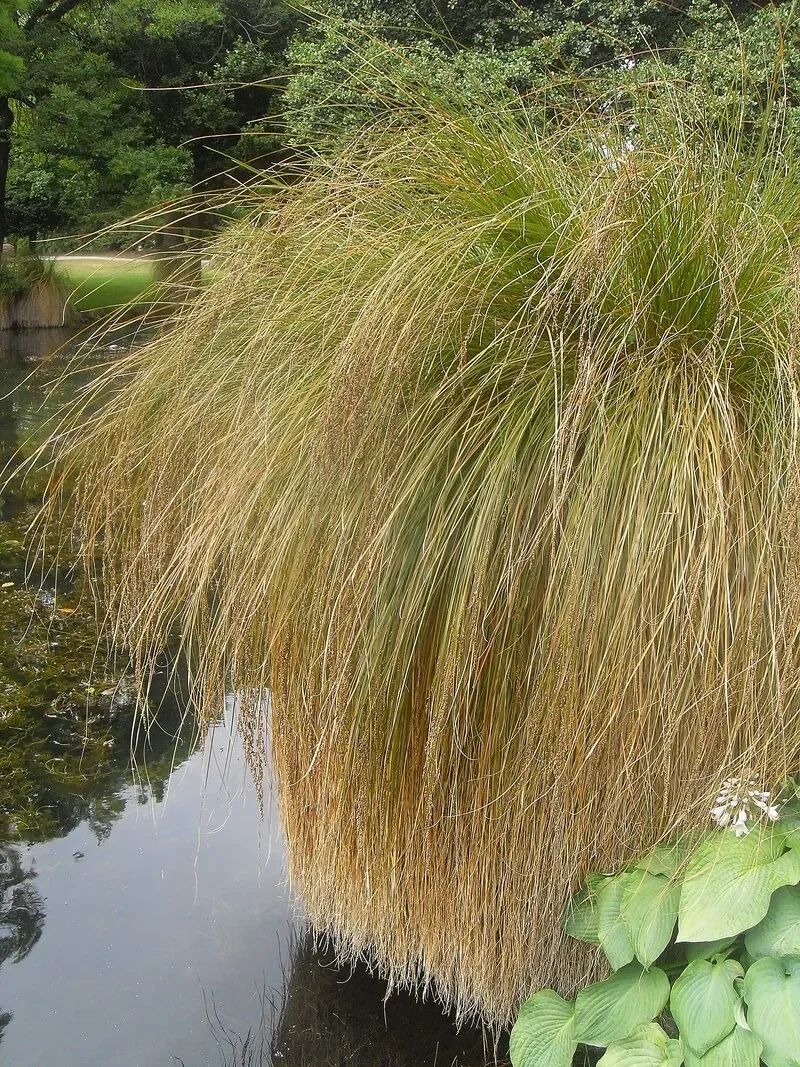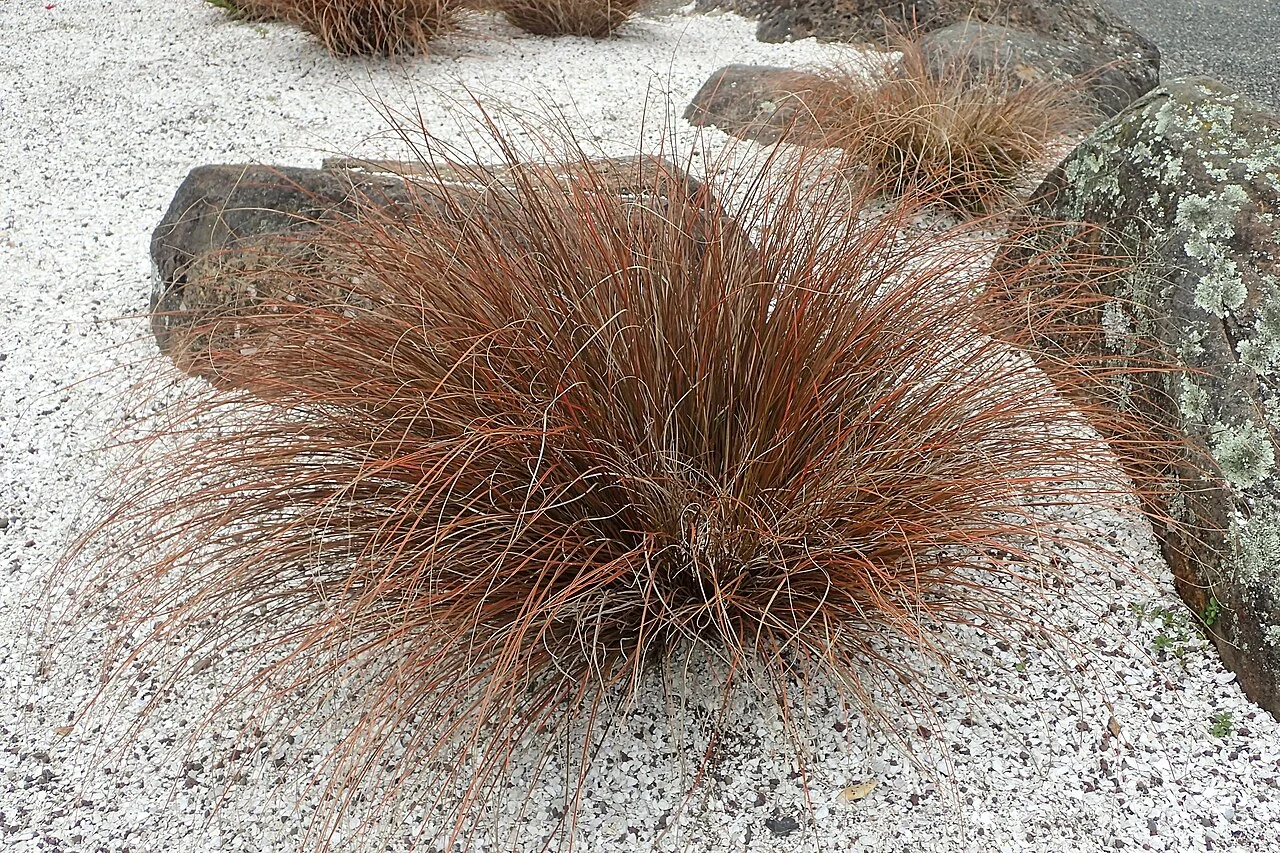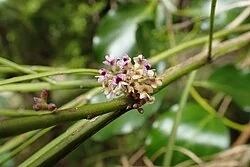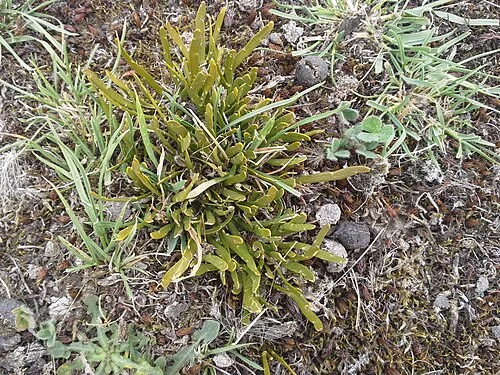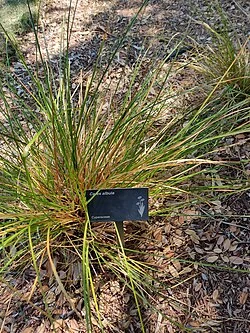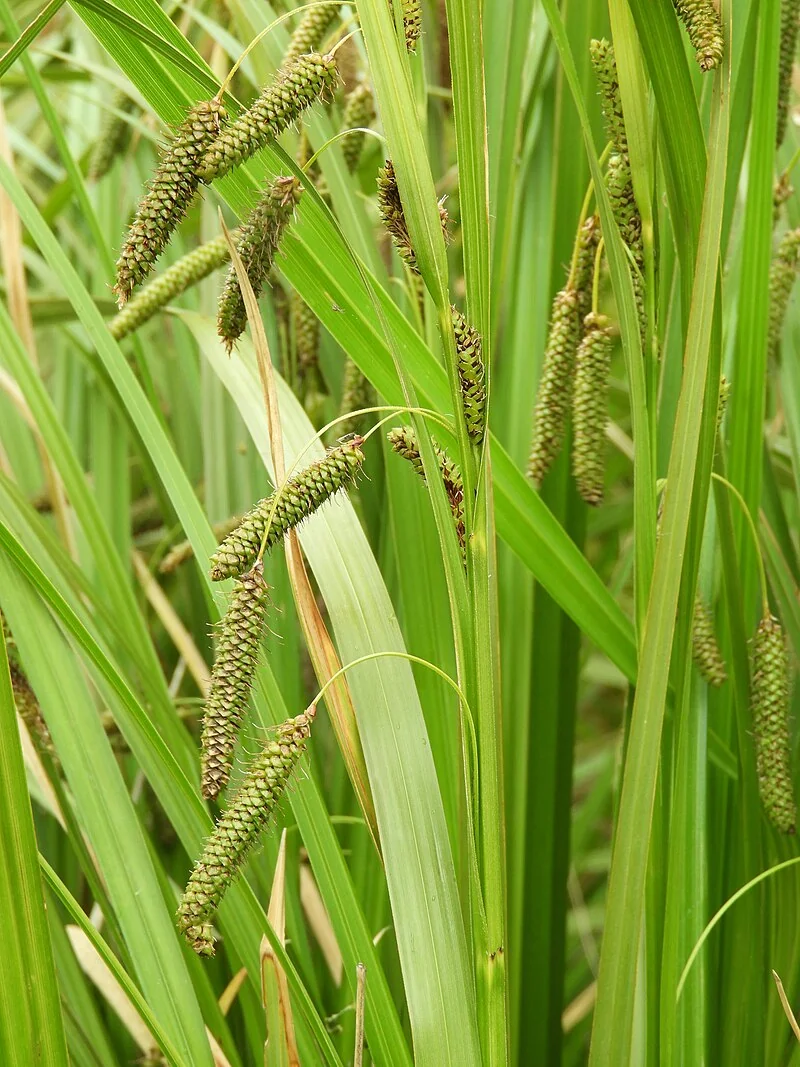
Cutty Grass
Carex coriacea
This native plant, known as White maire (scientific name: Nestegis lanceolata), is a remarkable species endemic to New Zealand. It is characterized by its unique features, ecological role, and cultural significance. This comprehensive guide provides detailed information on its care, propagation, and importance within the New Zealand ecosystem. Understanding this plant contributes to the appreciation of our rich biodiversity and heritage. native trees

Plant Description
Cutty Grass (Carex coriacea) is a robust native sedge that lives up to its common name with razor-sharp leaf edges that can easily cut unwary hands. This tough, clumping perennial forms dense tussocks up to 1.5 meters tall and is found throughout New Zealand in wetlands, swamps, and damp ground from sea level to montane areas. Known by the Māori name rautahi, this hardy sedge plays a vital ecological role in stabilizing wetland margins and providing habitat for native wildlife. Its distinctive broad, arching leaves and ability to thrive in waterlogged soils make it invaluable for erosion control and wetland restoration projects. The plant's sharp-edged foliage serves as natural protection against browsing animals, while its deep root system helps filter water and prevent soil erosion in sensitive wetland environments.
Quick Facts
| Scientific Name | Carex coriacea |
|---|---|
| Height | Not specified |
| Spread | Not specified |
| Water Needs | Not specified |
| Light | Not specified |
| Frost Tolerance | Not specified |
| Salt Tolerance | Not specified |
| Growth Rate | Not specified |
| Lifespan | Not specified |
Climate Best Suited to
| City | Climate Suitability |
|---|---|
| Whangārei | Ideal |
| Auckland | Ideal |
| Hamilton | Ideal |
| Tauranga | Ideal |
| Rotorua | Ideal |
| Gisborne | Ideal |
| New Plymouth | Ideal |
| Napier | Ideal |
| Whanganui | Ideal |
| Palmerston North | Ideal |
| Wellington | Ideal |
| Nelson | Ideal |
| Christchurch | Ideal |
| Dunedin | Moderate |
| Invercargill | Moderate |
Plant Habitat
Cutty grass occurs from lowland to montane zones in wet places: the margins of swamps and peat bogs, seepages, drainage lines, lake edges, and damp forest clearings. It favours organic, often acidic substrates that are seasonally waterlogged yet aerated, and it will persist where water levels fluctuate. Typical native companions include pārei (Carex secta), rautahi (Carex geminata), various rushes (Juncus spp.), and harakeke (Phormium tenax).
Plant Conservation
Widespread and not threatened nationally, but locally impacted by wetland drainage, stock trampling, and invasive weeds such as crack willow and reed sweet-grass. Restoring natural hydrology, fencing out stock, and controlling weeds quickly improve habitat quality. Use eco-sourced plants for wetland restoration to retain local genetic diversity.
Growing Requirements
Thrives in full sun to light shade with consistently moist to wet soils. Tolerates seasonal inundation and slowly moving water, performing best in organic, peaty or loamy substrates. Once established it is wind-tolerant and hardy, but it declines on dry, compacted ground. Avoid prolonged drought and very free-draining gravels unless irrigation is available. Maintenance is simple: remove old leaves at the base and divide congested clumps in cooler months if needed.
Planting Guide
Plant at the margins of ponds, swales, drains, and low-lying damp ground. Dig a broad hole, incorporate composted organic matter where soils are poor, and set crowns at or just above the final soil level to avoid burial in silt. Space plants 40-60 cm apart for quick cover. Water deeply to settle and mulch with coarse organic material, keeping the crown clear. In flowing water edges, pin young divisions with biodegradable pegs until roots anchor.
Ecological Role
Acts as living edging for ponds and drains, slowing water movement, trapping sediment, and filtering nutrients before they enter waterways. Mixed plantings with other native sedges and rushes rebuild layered, resilient wetland structure.
Uses and Significance
Garden Uses
Ecological Value
Stabilises wet soils, provides cover for wildlife, and improves freshwater quality by capturing sediments and excess nutrients.
Landscaping Uses
Carex coriacea, also known as Cutty Grass or Rautahi, is a versatile New Zealand native sedge with numerous landscaping applications, particularly suited for damp environments. It is commonly used as a ground cover, often mass-planted on banks or in general garden beds, providing a tidy form and slender, dark green foliage. Its natural habitat in swampy areas makes it ideal for wetland and riparian plantings, including revegetating or enhancing wetland areas, swampy sites, and planting around pond or stream edges. This hardy grass also thrives in heavy soils and is tolerant of wet and windy conditions. Beyond its use in wet conditions, Carex coriacea can be incorporated into borders or mixed plantings, and is suitable for rock gardens and edging. Combine it with pārei (Carex secta), rautahi (Carex geminata), wiwi (Juncus edgariae), harakeke (Phormium tenax), and cabbage tree (Cordyline australis) for layered wetland and riparian plantings.
Seasonal Care Calendar
Spring
Spring is an active growth period for Cutty Grass. New shoots emerge, and the plant begins to fill out. This is an ideal time for planting new specimens or dividing established clumps to propagate or manage size. Feed the plants in spring with a native plant fertilizer to promote healthy growth, avoiding over-fertilizing. Remove any dead leaves to encourage fresh growth and maintain a tidy appearance.
Summer
During summer, ensure the soil remains consistently moist, especially during hot, dry periods. Consistent moisture is key for optimal growth. The distinctive seed heads with their small hooks will develop. If desired, spent flower heads can be removed, but the plants are generally not trimmed otherwise.
Autumn
Continue to ensure adequate soil moisture as temperatures cool. Reduce watering frequency as the plant prepares for winter. Seeds will be ready for dispersal. Minimal care is required during this period, focusing on maintaining soil moisture and tidiness.
Winter
Cutty Grass is a summer-green perennial and is winter dormant, retaining its foliage to protect the rhizomes for spring growth. It is hardy to 15°F (-9°C). Minimal care is needed; ensure good drainage to prevent root issues in wet conditions. Avoid cutting at soil level; leave at least 15cm to prevent killing the plant.
When to Prune and How Much
Pruning Details
Remove any dead leaves as needed. In late winter or early spring, you can cut back the entire plant to encourage fresh new growth. Evergreen species can be raked in spring to remove dead leaves.
How to Grow Cutty Grass
Cutty Grass (Carex coriacea) is a versatile and hardy native sedge that can be easily grown in a variety of settings, particularly in damp or wetland areas. Its robust nature and adaptability make it an excellent choice for ecological restoration projects, rain gardens, or simply adding a unique texture to your landscape. Understanding its propagation methods is key to successfully cultivating this valuable New Zealand native.
From Seed
Cutty Grass can be easily grown from fresh seed. Collect seeds when they are ripe, typically in late summer or autumn. The seeds usually germinate without any special pre-treatment. Sow them directly onto a well-draining seed-raising mix, ensuring they are lightly covered. Keep the soil consistently moist until germination is complete, which usually occurs within a few weeks. Once seedlings are large enough to handle, they can be transplanted into individual pots or directly into their final growing location.
By Division
Established plants of Cutty Grass can be readily propagated by division. This is best done in early spring as the plants begin to show new growth. Carefully lift the entire clump from the ground and gently separate it into smaller sections, ensuring each section has a healthy portion of roots and shoots. Due to its extensively rhizomatous nature, ensure the new divisions have plenty of room to spread. Replant the divisions immediately into prepared soil and water thoroughly until they are well-established. This method is an excellent way to rejuvenate older clumps and expand your planting.
Pests and Diseases
Carex coriacea is generally a low-maintenance plant that rarely suffers from significant pests or diseases. However, a few issues can occasionally arise. Mealybugs may sometimes affect the plant, and aphids can also be found on Carex species. Rust, caused by various species of Puccinia and Uromyces perigynius, can also affect Carex coriacea, with symptoms including dark-colored floral structures and pustules on the leaves. Environmental stress, such as prolonged drought or excessive moisture, can lead to problems like root rot or dehydration. Ensuring proper drainage and avoiding extreme environmental conditions are key to maintaining a healthy plant.
Cultural Significance
Cutty Grass (Carex coriacea), or rautahi, was used by Māori for weaving and thatching. The sharp edges of the leaves were also used for cutting. The plant's presence in wetlands was an indicator of a healthy ecosystem.
Bonus Tip
Carex coriacea, or Cutty Grass, is aptly named for its razor-sharp leaf edges, a natural defense mechanism. Despite its tough exterior, its graceful, arching foliage adds a unique texture to gardens. It's also a winter-dormant perennial that retains its foliage, protecting its rhizomes for spring growth, making it a resilient and interesting addition to any landscape.
